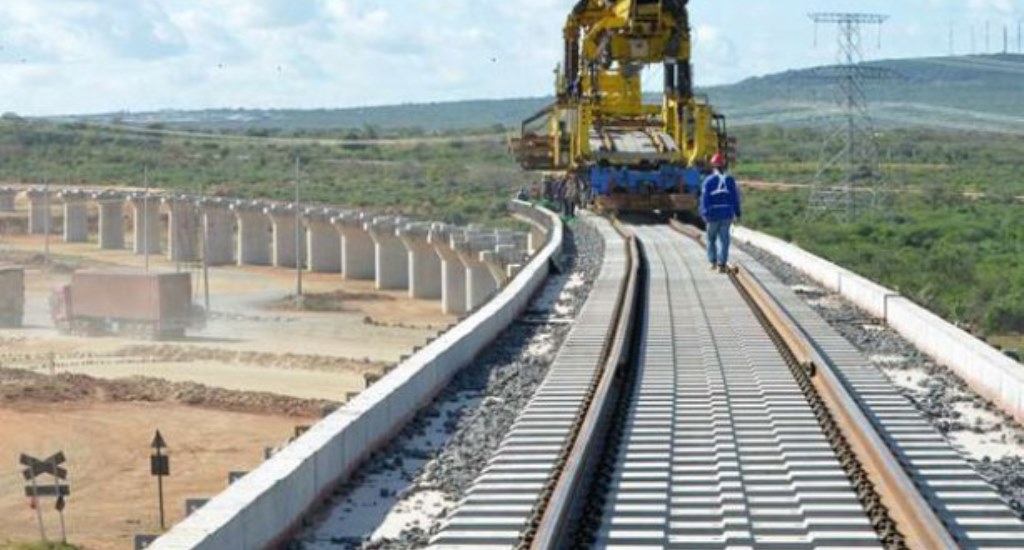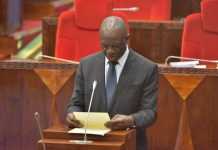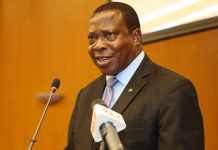INCREASED domestic revenues and financial discipline in the use of public funds has helped Tanzania cut down donor dependency by over 71 per cent during the fifth-phase’s regime.
Resolved to get rid of decades- long donor dependency in financing its development budget, President John Magufuli’s government has implemented a number of tax and revenue measures since its first budget in the 2016/17 fiscal year.
And with the framework of the last of its five budgets already unveiled, concerted efforts to mobilise more domestic revenues and eliminate all forms of revenue leakages have apparently paid huge dividends, with Tanzania getting less dependent on aid.
The notable cut down of donor dependency on budget financing is on the General Budget Support (GBS) that is set to go down to only 138.32bn/- in the 2020/21 from 483bn/- in 2016/17 fiscal year.
Also, over the 2016/17 and 2020/2021 fiscal period, external grants and concessional loans have gone down from 3.6tri/- to the latest 2.87tri/- unveiled in the budget frame for the next financial year by the Minister of Finance and Planning, Dr Philip Mpango in Dodoma on Wednesday.
Between 2016/17 and 2020/21, the national budget has gone up from 29.5tri/- to 34.88tri/-, which is equivalent to 18.3 per cent rise.
The new budget frame shows that the government plans to collect 20.32tri/- as tax revenue compared to 15.10tri/- in 2016/17 financial year while non-tax revenues including local government authorities (LGAs) own sources will be 3.73tri/- compared to 3.35tri/- collected in 2016/17.
With increased own financial muscles, the government has continued to implement flagship projects that have large impact on economic growth, employment creation and poverty reduction.
Some of the projects are the construction of Julius Nyerere – Hydropower Plant, construction of a new Central Standard Gauge Railway (SGR) and revival of the National Air Carrier.
The government has allocated 2.1tri/- for the ongoing construction of the Standard Gauge Railway (SGR) while 1.6tri/- will be spent on Julius Nyerere Hydropower project.
A total of 6.06tri/- will finance other key projects during the coming financial years, noted Dr Mpango.
The 2020/21 budget frame shows that the government plans to secure 2.46tri/- as projects loans and grants which is slightly down from 2.74tri/- spent in 2016/17 financial year.
Moreover, grants and sectoral concessional loans have gone down to 275.54bn/- in the coming budget from 372.1bn/- when President Magufuli’s government unveiled its first ever budget.
Domestic and external non concessional loans for 2020/21 will be 7.93tri/- which is slightly higher compared to 7.47tri/- borrowed in 2016/17 financial year.
The government said in the medium-term will continue to ensure that financing needs are met at the lowest possible cost consistent with prudent risk management, as well as supporting development of domestic financial markets.
“A mix of concessional, and semi concessional mostly from Export Credit Agencies (ECAs), and non-concessional loans will remain the potential external sources of financing development projects particularly flagship projects,” the government said in the guidelines for preparation of plans and budget for 2020/21.
According to the International Monetary Fund (IMF) report released last week after completing the 2020 Article IV Mission in the country, the Tanzania public debt at below 40 per cent of GDP is manageable.
During the reference period, revenue collection namely tax and non tax revenues increased to 23.25tri/- from 18.46tri/- on account of the government concerted measures that ranged from the elimination of revenue leakages to broadening tax base.
The government managed to strengthen tax administration at all revenue collection points including ports, border posts, airports and all inland container terminals as well as broaden tax base by formalising informal businesses.
The government also strengthened monitoring of revenue collection in all government institutions and agencies coupled with the scaling up the use of electronic systems and devices in revenue collection including use of Electronic Fiscal Devices (EFDs).







